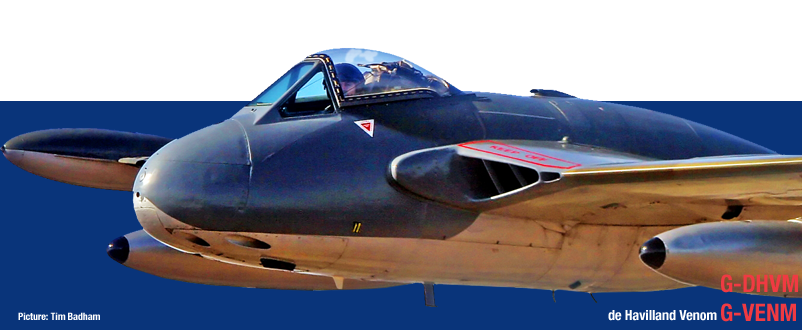
G-AMSV Returns to Coventry
An old friend returned to Coventry yesterday when G-AMSV, in her striking Indian Air force livery, landed here for extensive maintenance by our engineers. Sierra Victor was part of the Air Altantique fleet here for many years. She'll...
Baginton Air Pageant
The initial details for the Baginton Air Pageant are up on the website! As we don't have the space for a full-on air show attracting 20,000 or so people, we're aiming for low-key, themed days like this. A couple of thousand people,...
Newquay Pleasure flights
We promised we'd be back to fly in Cornwall, and here we are. We'll be heading south with a Rapide and Chipmunk to spend a week at Newquay from 25th July, with a further visit planned in August. The flights are bookable in the normal...
New Dakota Book
Geoff Jones just told me that his new book on the DC-3, released to celebrate the 80th anniversary of the Dak's appearance, is now available. The cover sports a lovely shot of G-ANAF, shot by Simon Westwood before her radome goiter was...
Nimrod Engine Run
We've just confirmed plans by NPT to run all four of the Nimrod's Rolls-Royce Speys on Saturday 9th May. We expect the thunder to start just after lunchtime. Come along and enjoy some audio power - and please dip into your pockets...


If you think the Venom is difficult to tell apart from the Vampire, it’s because the two are very closely related. In fact, the Venom was a direct descendent of the Vampire and shares a lot of its design features – not least the distinctive twin-boom design and wooden fuselage ‘pod’.
Designed to replace the Vampire, the DH.112 Venom was developed by deHavilland in 1948 and boasted a thinner, more swept back wing as well as a more powerful Ghost engine.
The first of its type flew on 2 September 1949 and entered service in 1952. It had four 20mm cannons in the nose and could carry rockets or bombs beneath the wings.
The first action the Venom saw was during the Malayan Emergency in the mid 1950’s with both 45 and 60 squadrons. The Venom supported operations against Communist guerrillas as part of Operation Firedog, the codename for Royal Air Force operations in Malaysia. The Venom also saw service during the Suez Crisis flying from RAF Akrotiri, Cyprus.
By the time production ended nearly 1,500 Venoms had been built and it was still in service with the Swiss Air Force as late as 1983. No RAF Venoms survived into preservation. Although substantial parts of three aircraft do still exist in storage. Luckily a number of Swiss examples have filled the gap including an airworthy pair belonging to Classic Air Force.

